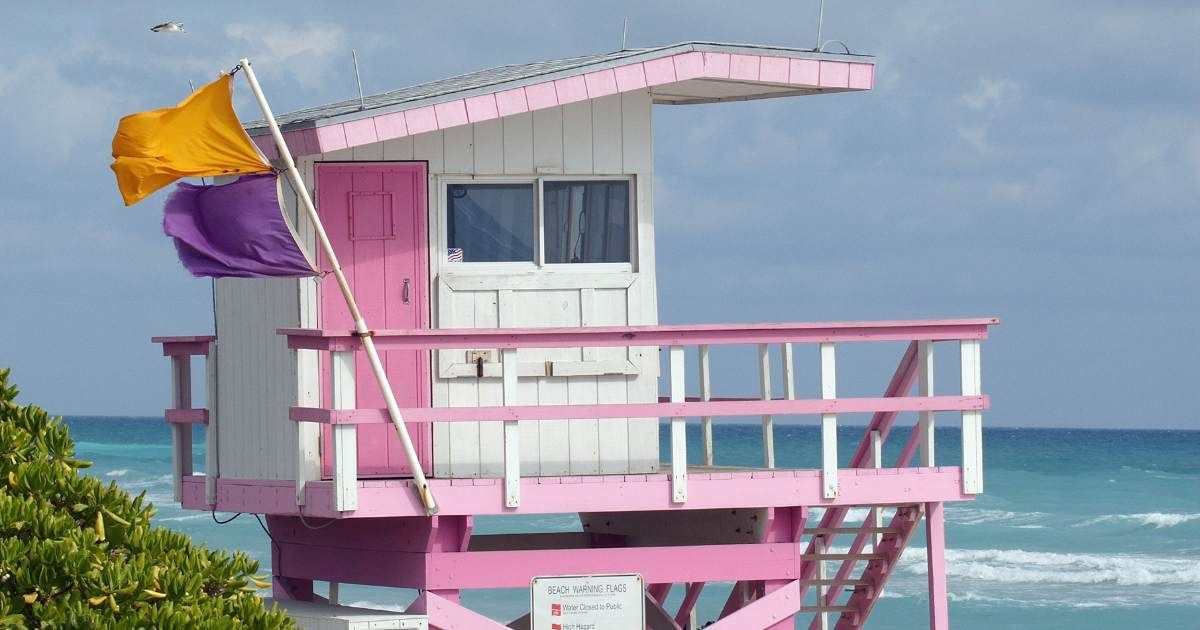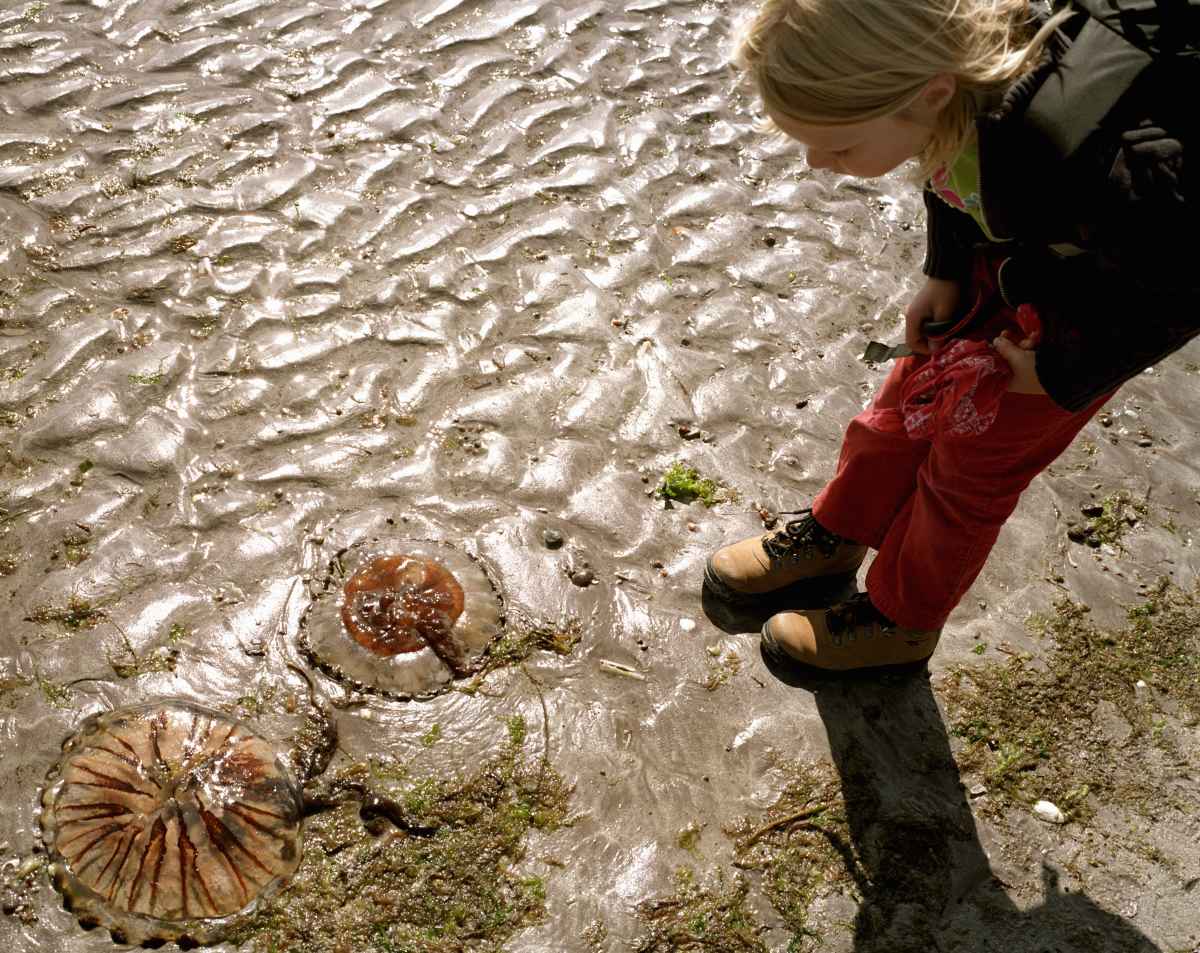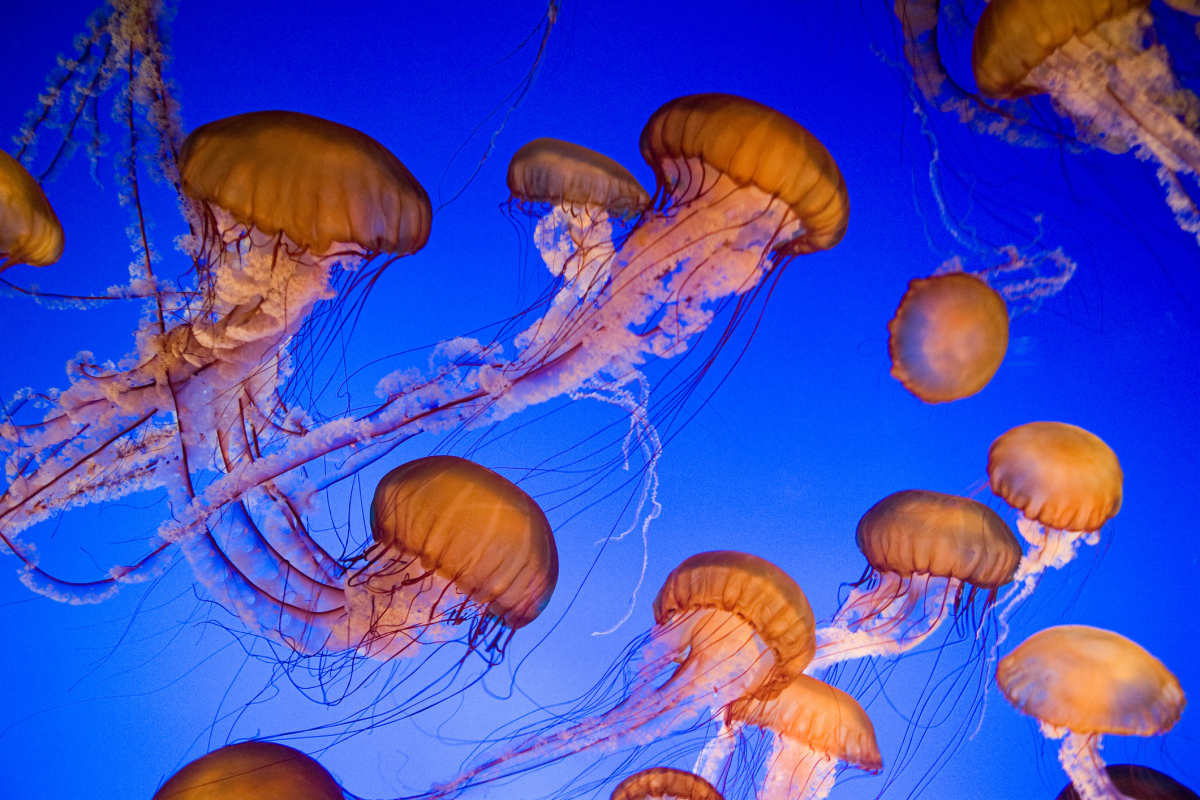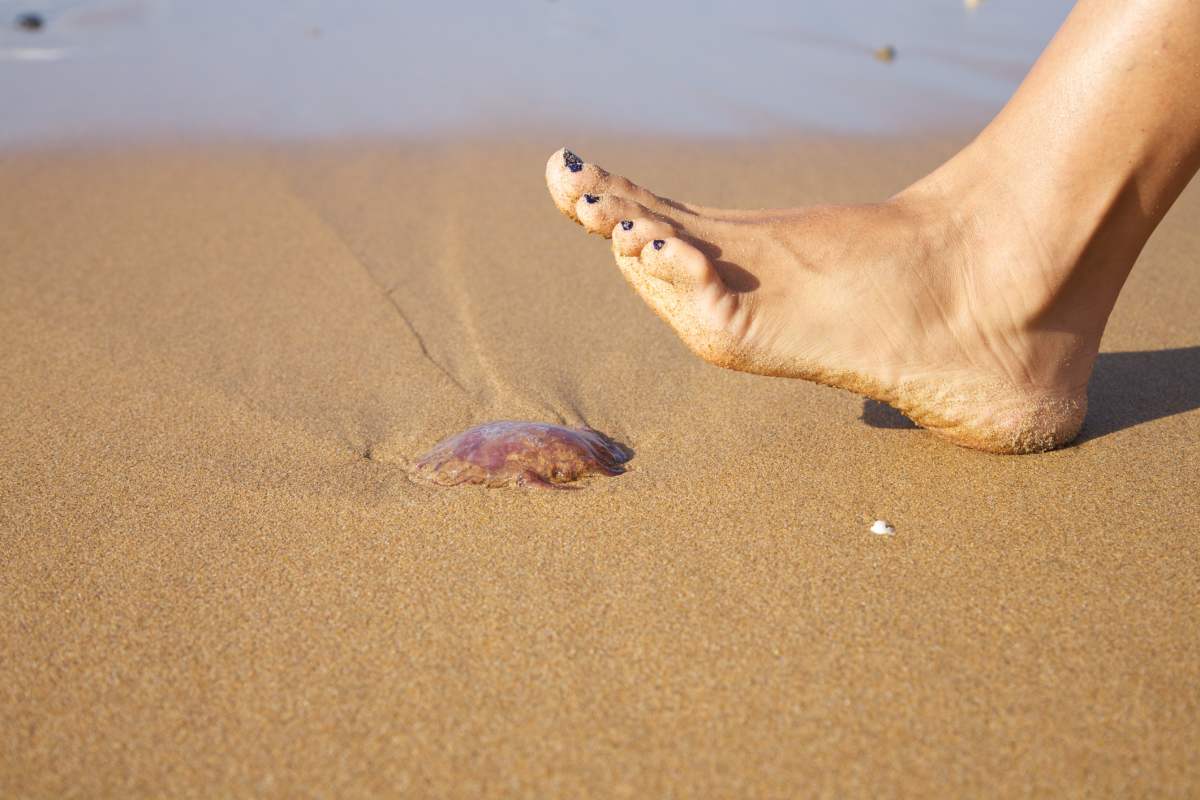Noticed Purple Flags on the Beach? It's the Warning Sign You Should Not Ignore

Gusts of whipping winds and fierce wave currents can make a monster out of a sea. Each time the conditions become extreme, it spews something that can inject one of the most potent venoms in a human’s body: the venom of a jellyfish. The winds force and pull out blooms of jellyfish from the waters and jettison them on the beach, where they lie as seemingly dead little blobs. Though these innocent-looking creatures appear as dead as a drop of water, they are, in fact, very much alive and craving for their next victim who might unknowingly rub their skin against their tentacles. To protect the beach visitors from the deceptive strategy of these swirling marine creatures, authorities pepper the beaches with purple-colored flags, as WFLA News Channel 8 also reports.

Anyone who lives near a beach or is a frequent visitor knows that the beach is flanked not just with trees, bushes, and shells, but also with bunting of multi-colored flags. Red obviously is a warning sign. Green is for low-hazard conditions, per Reader’s Digest, whereas yellow is to indicate medium-level hazards. But these purple flags don’t usually come to attention unless one is aware of their purpose and significance. Recently, officials of Alabama’s Orange Beach started flying purple flags on the beaches to warn visitors of the potential hazard of venomous jellyfish washing up on the shores due to changing weather. “Purple Flags are for the presence of Jellyfish. Please swim with caution,” the @cityorangebeach wrote on X.
We are flying yellow and purple flags in Orange Beach today - Wednesday, July 24th. Yellow Flags represent Medium Hazard with Moderate Surf/Currents. Purple Flags are for the presence of Jellyfish. Please swim with caution. Morning view: City Beach Access at CoastAL. @spann #alwx pic.twitter.com/8OIvBlsqmA
— City of Orange Beach (@cityorangebeach) July 24, 2024
In October 2020, some reporters from WFLA News Channel 8 visited Clearwater Beach and interviewed beachgoers to ask whether they knew anything about the purple flags there. The majority of the people were, unsurprisingly, unaware of their purpose. At this time, the winds were causing a jellyfish explosion on the shores, and this ignorance about the warning sign indicated how much people’s lives were in danger. Reddit user u/KillerFishes wrote that often, kids mistake these innocent-looking jelly blobs washing up on the shores as balloons, crystals, and toys, and grab them, getting stung.

While inside the sea, these sea jellies adorn the blue-green waters with their glowing colors and shimmering, jewel-like tentacles. But when these jellyfish bloom are forced to rip out of the sea and wash up on the sandy shore, they scatter like little blobs. Though appearing dead, they are embellished with deadly tentacles that are infused with cells that contain tiny coiled harpoons. These harpoons are churning with poison, and anything that comes in contact with them is not destined to remain alive for too long. As TED-Ed explains, when rubbed against human flesh, the tentacles can release a venom that is 550 times more potent than Mike Tyson’s strongest punch.

Nat Geo Animals estimates that over 150 million people suffer from jellyfish stings each year. These stings can cause a person to become paralyzed, sometimes even leading to their death. However, a purple flag is not a warning only about jellyfish, but also about other venomous marine creatures, including stingrays and sea lice. But the purple color does not indicate the presence of sharks, according to FlagAndBanner.

As the summer season bathes the beaches in glorious, soothing golden sunshine, no one wants to skip dipping their feet in cold waters. Everyone wants to stroll across the powdery, acupuncturing sands; everyone wants to build sandcastles and collect seashells. But while you drink in these beachside episodes, make sure these crystalline, watery-looking blobs don’t end up poisoning your body.
More on Green Matters
How Contaminated Is the Beach You’re Visiting? Scientists Just Invented a Simple Tool to Detect This
Do You Take Beach Sand Home With You? Apparently, It’s Bad for You as Well as the Planet
Beachgoer Offers a Variety of Shells to Hermit Crab Living in a Plastic Cup — and It Picked a Home